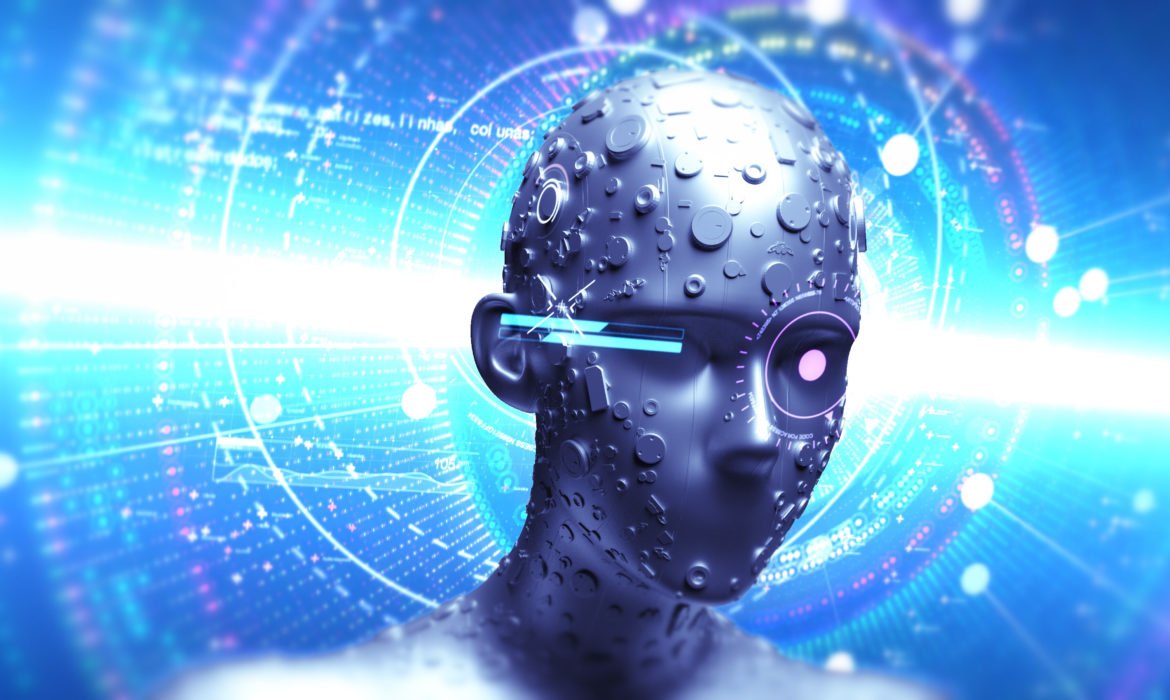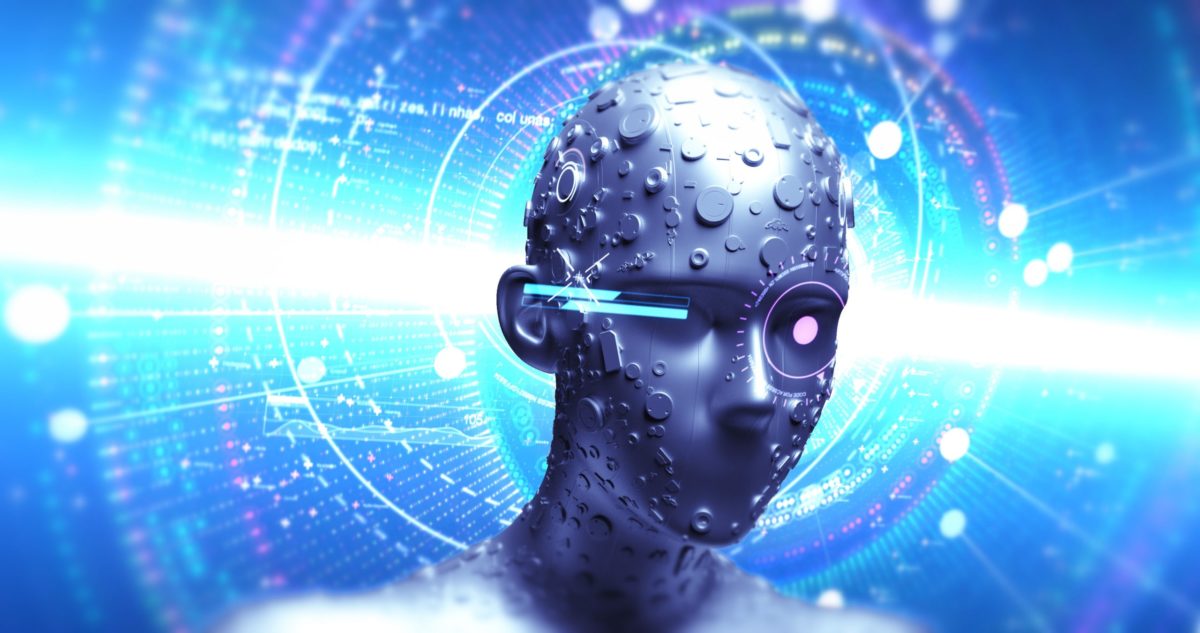This week, OpenAI released their latest project: an AI that can play hide-and-seek. The company is an Artificial intelligence company that works on discovering and developing a safe and ethical AI. OpenAI is Elon Musk’s non-profit AI research company. AI is a self-learning digital system; thus; the approach of teaching it to “play” to develop problem-solving skills is quite common.

Open AI’s latest project marvelously shows current machine learning techniques. Also, as the research shows, a very simple setup can produce shockingly, sophisticated results.
It might seem that teaching AI to play the game is irresponsible. However, ever since the 1950s, games have been the most efficient way to calibrate AI’s analytical capacity. Every single game problem that Artificial Intelligence technology faces and solves open new possibilities to computer science development.
Virtual Hide-and-Seek exclusively for AI
OpenAI has been working on this concept ever since late 2015. Recently, the company has created a new game for AI to play, our childhood’s favorite pastime, “hide-and-seek.” The virtual simulation is a very simple version of the game. The rules are that the “seekers” get points whenever the “hiders” are in their field of view. The “ones that hide” get the points when they have successfully hidden. Besides, both sides get little time to hide, so AI has to think quickly. Also, the game rules permit to move objects around the playing field.

In the end, the game results were pleasing. AI played up to 500 hide-and-seek sessions. Also, with every single game, AI seemed to develop strategies, counterstrategies, and tactics. AI agents moved differently, sometimes randomly, other time they were coordinating with their allies to make complicated strategies work.
Reinforcement Learning Strategy
Reinforcement learning is incredibly simple and efficient for AI development. Besides, AI systems get “rewards” for desired behavior and are set loose to learn and play over for hundreds of times. AI agents search for new ways to maximize their rewards. However, one-day OpenAI hopes to use this system for strategical wartime game development. This simple game of hide-and-seek makes a great example of how reinforcement learning works in action and what it offers. Also, with incredibly simple rules and instructions, Artificial Intelligence produces astounding results and showed sophisticated intelligent behavior. However, AI capabilities are developing each day and move towards digital perfection. Finally, AI researchers think that through reinforcement learning Artificial intelligence can be trained to solve complicated tasks with real-world implications.
What will AI play next?
Real-time video games are the next borderline for AI. In addition, each real-time game presents its own set of challenges, new environments, and hard decision-making. However, OpenAI is not the only company that has been working in this field. Also, Facebook resources were directed towards tested teaching AI to play the StarCraft, a real-time strategy game.

Also, AI researchers think that in future reinforcement learning can be used to train AI to solve complicated tasks with real-world implications, too. In addition, strategic decision-making emerges from simple instructions is promising, and concerning at the same time. In an unsupervised environment, AI can exploit some obscure strategies to reach its goals, while completely disregarding the means to reach them, (for example artificial intelligence in robotic surgery, can be too dangerous without a set of rules for the AI). Finally, humans need to ensure that as AI systems grow more developed and efficient in problem-solving, it also learns the ethical side of decision-making.
















